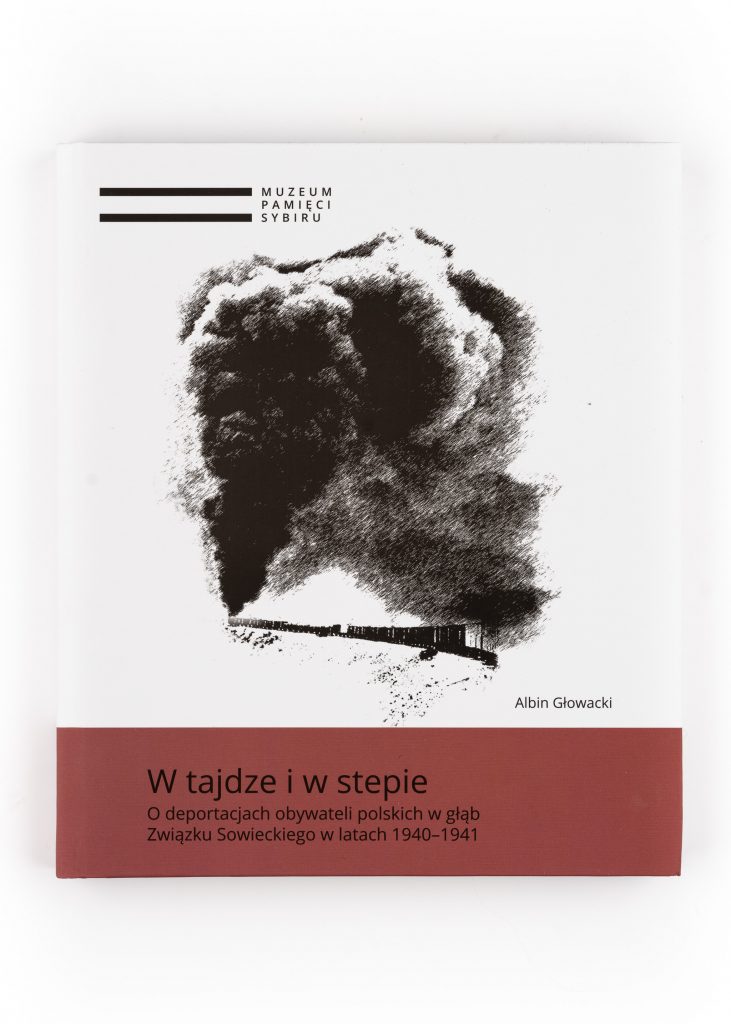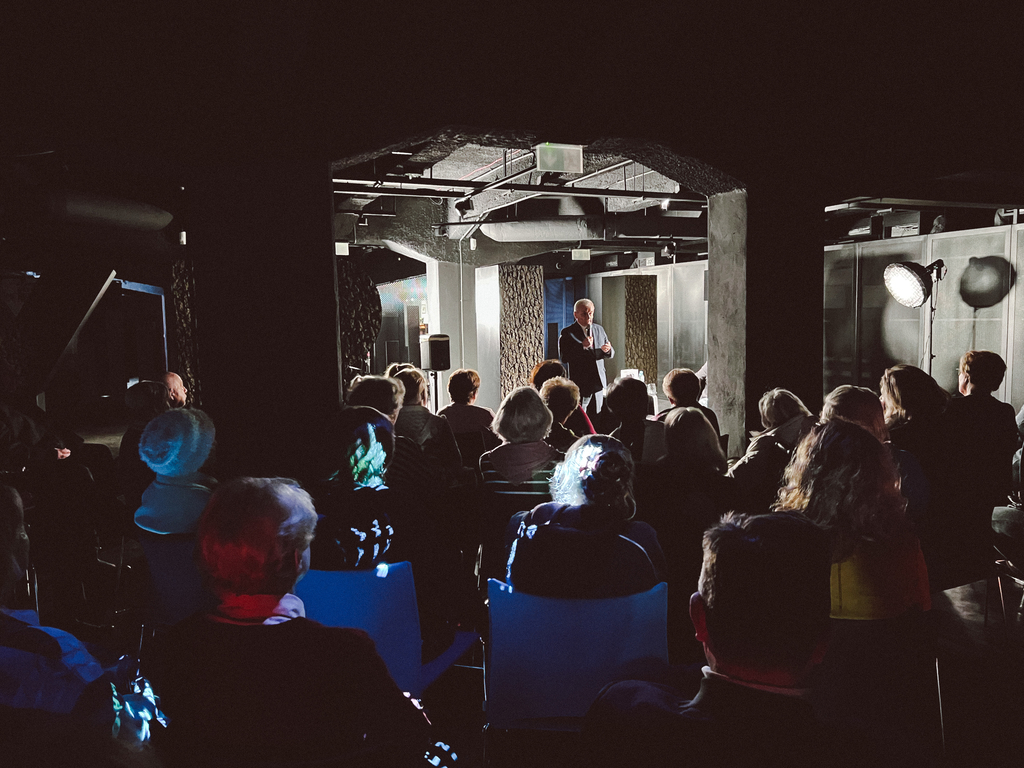Professor Albin Głowacki is associated with the Historical Institute of the University of Lodz. — He studied Soviet repressions and the history of Poles in the Soviet Union even in the times of the Polish People’s Republic, when it was impossible to study this subject. The professor proved that it is possible — said Marcin Zwolski, PhD, from the Scientific Department of the Sybir Memorial Museum. — It is also his great merit that he encouraged his students, the next generation of historians, to research Siberia — he added.
Professor Głowacki told the gathered about the realities of working in the archives of the Soviet Union, and then Russia. — The historian writes on the basis of sources. But how to get to them! — he said. The professor mentioned the absurd difficulties faced by the young researcher who went to investigate the Soviet archives, faced by officials, university authorities and archive employees. — I went there for 5 months. I waited four and a half months for permission to access the files. When I got it, I heard that the files would be ready in a week. And here every hour is precious! — he said.
Professor Głowacki’s latest book is a popular science monograph published by the Sybir Memorial Museum entitled “In the Taiga and In the Steppe. About the deportations of Polish citizens deep into the Soviet Union in 1940-1941”, the fourth volume in the SYBIR series [Buy here].

As emphasized by Zwolski, PhD, who led the meeting, the professor did not agree to prepare another popularizing publication summarizing the findings so far. Instead, he proposed a new approach to the topic of deportations.
Deportations in the accounts of Siberians begin with banging on the door and shouting “Open!”. “Meanwhile, it was the end of a months-long preparation process,” — explained the hero of the meeting. — As early as October 10, 1939, Beria issued an order to register the settlers and start watching them so that they wouldn’t run away. On December 4-5, decisions were made by the party and the government.
— I examined the party archives, the special archives, the NKVD, the secretariat of Beria, the prison sector. Where are the best resources? In power departments, in services. For this book, I used the latest materials from the archives of the security service of Ukraine. I was there before Covid. Today, they look kindly at Poles there, they do not hinder access — said the scientist. — This is a material of great value that shows the backstage of the deportations.




Professor Głowacki’s publication shows us the deportations from the side of a huge logistical operation that the Soviets secretly prepared and based on very detailed instructions. “We have no idea how many people were involved. It all had to be planned, someone did it. In advance, the authorities checked, for example, with the People’s Committee of the Wood Industry: How many people do you need to work in the forest? — said the historian.
Formally, everything was perfectly prepared. “The Soviets took care of the details,” — emphasized the professor. And a secret. — The carter, who was supposed to transport people to the railway stations, did not know what he would do until the last moment. He was called to the common room for evening training, where he was told about the constitution of the USSR. And when the second or third struck, he heard: you are going to this and that village… The one who entered the house from which he was supposed to take people for transport knew exactly what to do. That the father of the family must be placed to the side and under the barrel. Check with a pre-prepared list if everyone is home, and if not, where they are. Only then was the family allowed to dress” — the professor enumerated.



According to the instructions, appropriate wagons, food for the deportees, first-aid kits and medical care were to be prepared, 3 square meters of living space for the exile, a school and textbooks for children at the destination. “But instruction and practice are two different things,” — the professor admitted. “How do you get a school for newcomers when there isn’t even one for your own?” Why notebooks, if no one in the area has a single notebook?
When the time came for questions from the audience, voices were voiced about the inconsistency of the Siberians’ memories with the findings of historians, for example regarding the number of people deported or the number of people who died in the transport. Professor Głowacki emphasized: — I also grew up on emigration studies (because there were no others) with large numbers, but then I revised it with the sources.
A moment later, Jan Jerzy Milewski, PhD, a historian from Bialystok, who was present in the audience, spoke: — I would like to thank Professor Głowacki for not referring to the issue in a stereotypical way. Trust us, the historians. We care about the truth, we try to serve society.




Professor Głowacki’s book can be purchased in the museum shop or our online bookstore.









